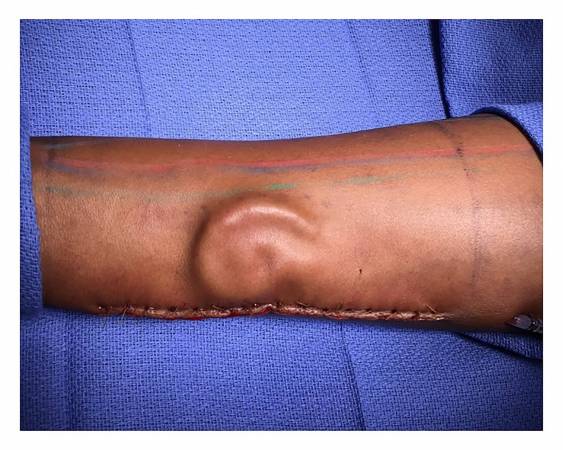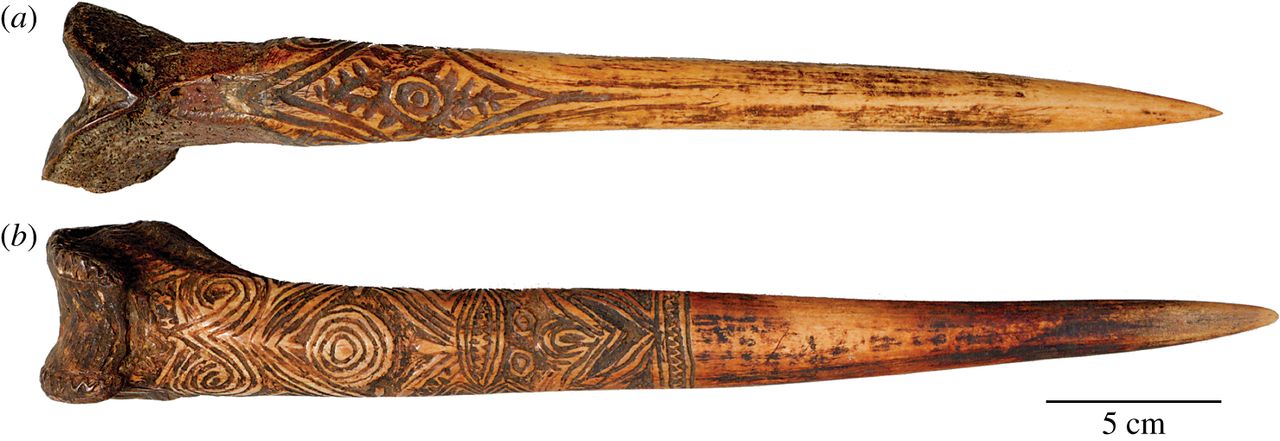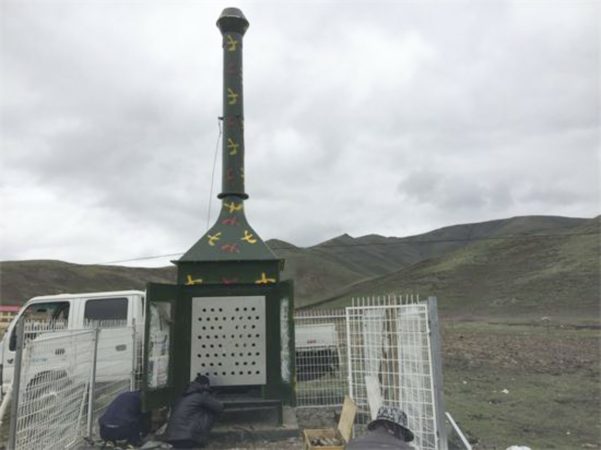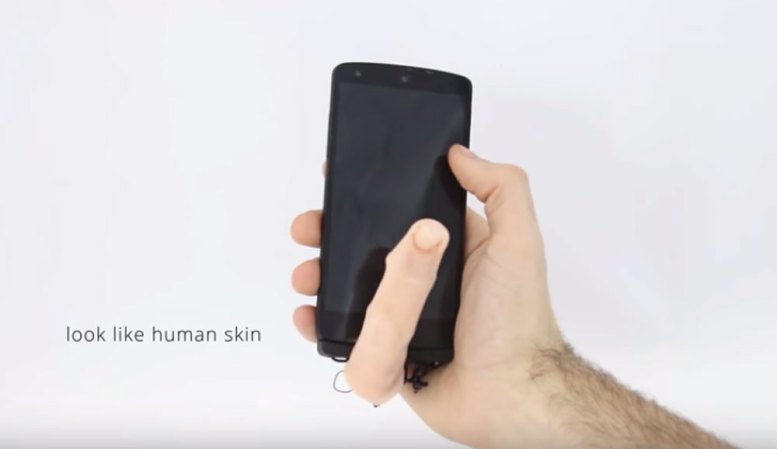

We may earn revenue from the products available on this page and participate in affiliate programs. Learn more ›
Plenty of nasty chemicals lurk out in the world that could harm a human being, whether they are sinister agents like mustard gas or industrial substances prone to combustion. In the future, soldiers and other frontline troops could be alerted to such hazards by small, individually-worn sensors.
Teledyne FLIR is one of four companies working on such a device. Besides existing in a small, lightweight package, the gizmo will need to be able to differentiate between the normal chemicals a soldier might encounter and the nefarious ones.
That mix of potential compounds in an environment is what Dave Cullen, the vice president of detection systems at Teledyne FLIR, refers to as a “chemical soup.”
Some substances can be ignored, like a truck’s exhaust. But some other chemicals like pesticides can pose an interesting challenge for sensors. “Their chemical nature and structure can be really similar to some things that really can kill you,” Cullen says.
So detecting the bad ones, even in low quantities, while avoiding false positives, is key. “There’s chemicals all around us all the time, and so sensors really need to be able to discriminate these bad things that are out there from naturally occurring things that are no problem,” he says. “The more sensing capability you have, the more you can utilize the data to get better answers.”
These sensors will also be able to talk to one another, Cullen says. That way, senior leaders could get a handle on bigger-picture data about exposure. Plus, having many sensors on many people all connected to each other can bolster the system’s detection ability. He compares the future setup to Waze: lots of endpoints (in Waze’s case, those endpoints are smartphones in people’s vehicles) that are all part of one big network.
[Related: Those ‘gas masks’ at the Capitol were actually escape hoods]
These sensors could also find a home on uncrewed machines, like drones and robots. They may be in the range of 3 or 4 inches long, an inch thick, and around an inch or two wide: something on par with one of those old Nokia candybar cellphones. Getting that form-factor right is important, because soldiers already have plenty of gear to manage. “There’s just so much they can carry around all the time,” Cullen adds.
The types of agents it will focus on detecting are substances like mustard gas, and “your range of just nasty chemicals that some nefarious person might want to use,” Cullen says. It will be focused on chemicals, and not biological agents like anthrax, nor radiological or nuclear concerns. It could also detect if there is an “explosive hazard” in an enclosed space, he says. For example, a sailor could wear it and be alerted about a dangerous environment in a ship’s hold.
Cullen says they may be ready to begin testing their device next year.
[Related: These augmented-reality goggles let soldiers see through vehicle walls]
Of course, chemical sensors already exist. One common one is the JCAD, or Joint Chemical Agent Detector. It’s a handheld gadget about the size of a water bottle. The idea is that the next-gen sensor will be lighter, smaller, and use less power than the JCAD.
The money for the sensor’s development comes from two separate Pentagon departments: the Defense Threat Reduction Agency and the Joint Program Executive Office for Chemical, Biological, Radiological and Nuclear Defense.
In total, four companies have received a sum of about $17 million to work on this project, which is technically known as the Compact Vapor Chemical Agent Detector, or CVCAD. Teledyne FLIR has been awarded about $3.9 million in funding to develop this device, and the others are General Electric ($4.2 million), N5 Sensors, Inc. ($6 million), and Hamilton Sundstrand, Corp. ($3.1 million).
Cullen, of FLIR, sees the networked devices as serving the “digital soldier of the future.”
“It’s a giant connected ensemble of people,” he says, “and this sensor fits that model.”















